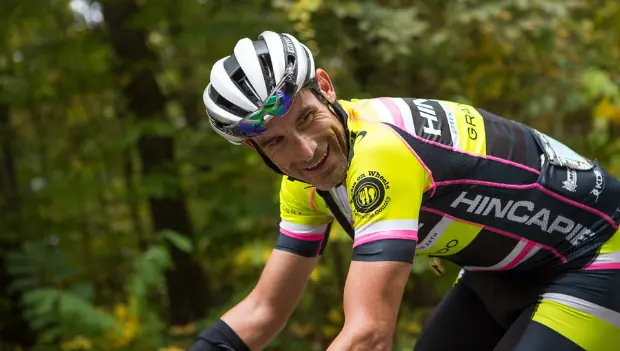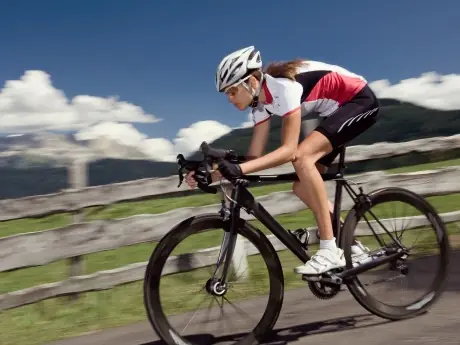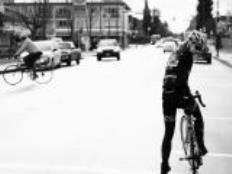
My racing days have passed, but I still love to do Fondos and weekend hammerfest rides with buddies. Even if my legs don't have the snap they once did, my trash talk game is on point, and that means you have to have the fitness in order to back it up. Like the saying goes, "don't write checks your body can't cash."
Getting ready for six to seven-hour Monuments and the Tour de France requires a methodical plan to achieve peak form. It's built over several months and progressively through multiple training phases called periodization, where training blocks are planned around achieving specific objectives.
It's part science and part art, and a coach is a tremendous asset to guide the process.
If you want to get serious, by all means find a good coach to work with. But much like I do these days, if you want to tackle a Fondo or just get faster on the bike, you can try a simplified approach that will produce results.
Base
It all starts early in the year with Base, which should be a minimum of four to six weeks (pros will spend two to three months in this zone). This means lots of riding--time in the saddle that's fun but not measured. Load up on miles at a conversational pace that is neither too easy nor too hard. On weekends, do steady two to three-plus hour rides. After a few weeks, try joining a group ride to sharpen pack skills but be sure to pick one that matches your fitness level and ability. Like I noted in the last article (link), keep it light by going out riding for fun with friends.
Prep
With a solid Base in the legs it's time to move on to Prep, where you build on endurance gained in Base by adding some heat. You want to start measuring efforts with a power meter if you have one or by time otherwise. Rate of Perceived Exertion, or RPE, is another helpful gauge, and is a scale from 1 to 10 with 1 being easiest and 10 an all-out effort to exhaustion.
I completed my last interval the day before retiring, but up until that moment they were a Prep mainstay. These are harder, sustained efforts repeated during a workout to build training load.
For example, on a three-hour ride I'd suggest doing a 30-minute warm up at an RPE of three to five, then 10x three minutes hard at a RPE of seven or eight with an equal amount of rest between. Finish off the ride with a couple of city sign sprints to start working on snap.
Peak/Race
Now it gets real. The final stage is Peak/Race, where fitness is sharpened and form builds. It's the toughest part of the training cycle and requires plenty of teeth gritting to get it done.
Go on faster group rides, like every town's evening "Wednesday Night World Championships," with surges and accelerations. Pick a climb or section of road and hit it full gas a couple times each week. Time them once a month to see if you're getting faster at what feels like the same effort.
Remember to take breaks periodically and let your body recover. Rest is when fitness really happens and it's important to remember. And of course, don't let training get in the way of having fun and enjoying every minute on the bike.
About George:
George Hincapie began his professional racing career in 1994 and retired from the BMC Racing Team in 2012. Regarded as one of cycling's most revered super domestiques, he helped teammates to victories in the sport's most noted races, from the Tour de France to Milan-San Remo. Today he rides for fun and enjoyment while ushering cycling's next professional generation into the fold with the Holowesko | Citadel Racing Team p/b Hincapie Sportswear. Follow him on Facebook and Twitter.
Related Articles:
- George Hincapie: What I Wish I Knew About Cycling
- 6 Tips for Century Ride Rookies
- The Greatest Cities for Cyclists
Ready? Sign up for a century near you.
Connect with us on Twitter, Facebook, Instagram or Pinterest for more tips, recipes and ideas to fuel your ACTIVE life.









Discuss This Article